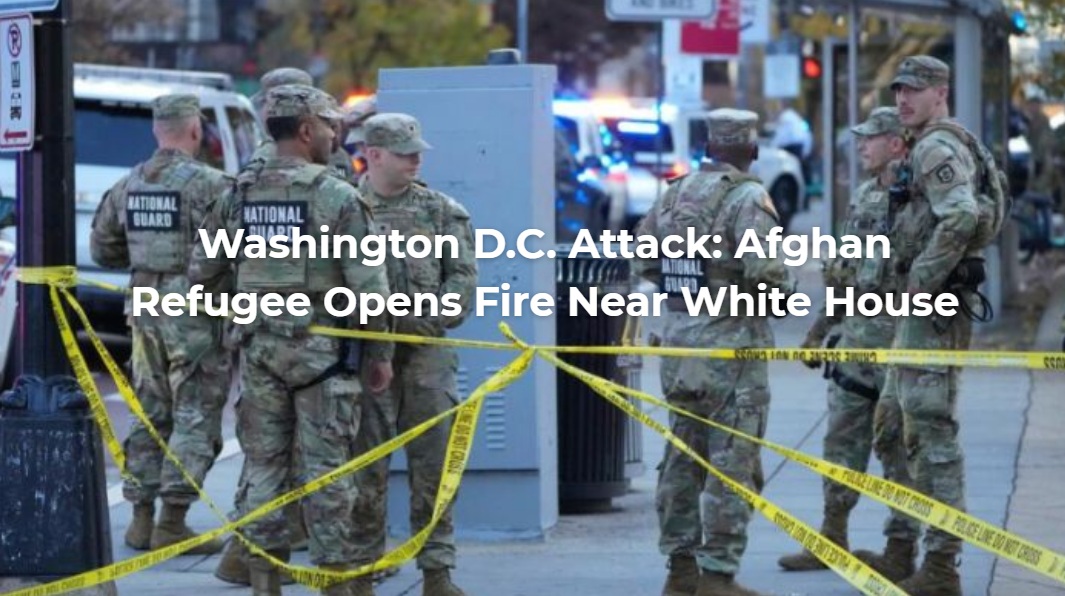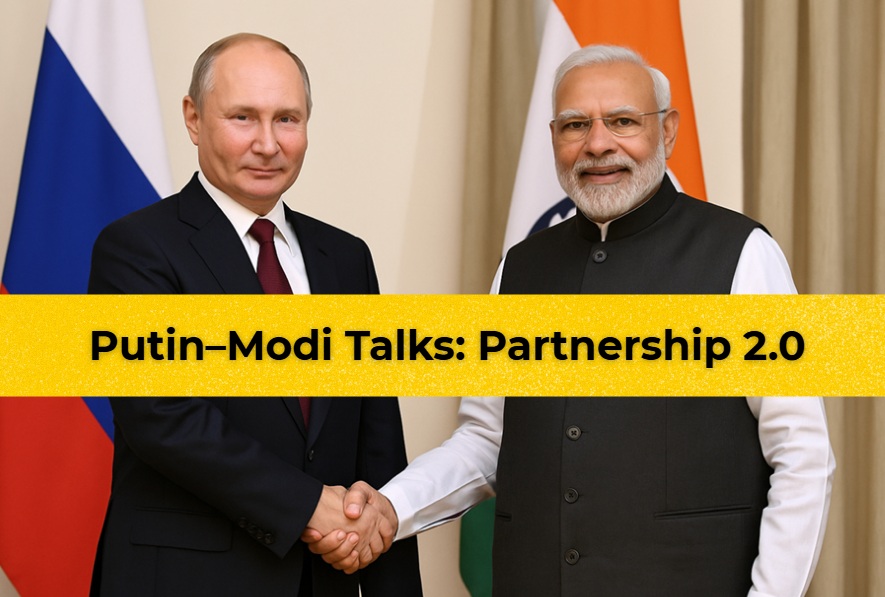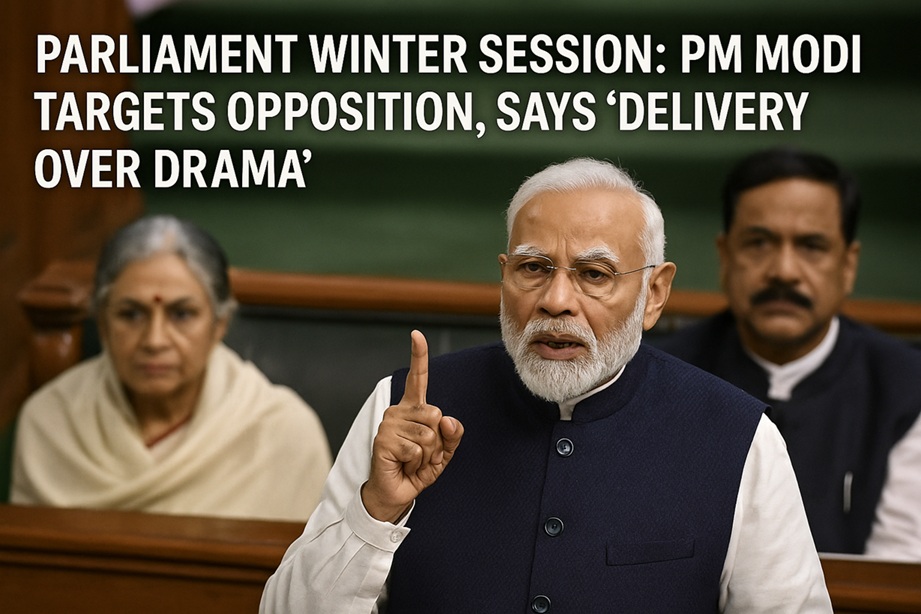In just 90 hours, India has managed to push Pakistan into a state of deep strategic crisis, exposing vulnerabilities in its nuclear command structure and drawing sharp international attention — particularly from the United States. What started as a series of surgical strikes by India has escalated into a geopolitical standoff with serious implications for global nuclear security.
The Crisis Unfolds: India’s Precision Strikes and the Fallout
Following a Pakistani provocation, India launched a series of precision airstrikes targeting critical military infrastructure, including terror camps and key command centers. One of the most significant hits was on Pakistan’s Noor Khan Airbase — reportedly the nerve center of its nuclear command infrastructure.
This strike sent shockwaves through Islamabad. According to defense experts, the Indian strike was not just military retaliation but a calibrated signal: India has the capability to dismantle Pakistan’s nuclear infrastructure if provoked. The precision of the operation, targeting high-value assets like the Sargodha Airbase and areas near Kirana Hills, demonstrated India’s ability to strike deep inside Pakistan without escalating into a full-blown war.
Radiation Scare and American Surveillance
In the wake of these strikes, unconfirmed but alarming reports began to emerge about a potential radiation leak near the Kirana Hills nuclear site. The local population was reportedly being evacuated. Even more telling was the sighting of a U.S. nuclear emergency reconnaissance aircraft conducting radiation measurements in the region — particularly around Sargodha and Kirana Hills.
Adding to the suspicion, Pakistan is reportedly importing Boron powder — a chemical often used to control nuclear reactions — from Egypt. The simultaneous occurrence of these events has fueled speculation that Pakistan’s nuclear command is no longer fully under its own control.
The U.S. Steps In: Secret Oversight of Pakistan’s Nuclear Arsenal
Perhaps the most explosive revelation is that the United States may have already been exercising quiet oversight over Pakistan’s nuclear weapons for years. A New York Times article dated November 18, 2007, written by David E. Sanger and William J. Broad, exposed a secret U.S. program in which nearly $100 million was spent by the Bush administration to help Pakistan secure its nuclear arsenal.

According to that report, this aid was extended without much public knowledge and was aimed at helping then-President Pervez Musharraf safeguard Pakistan’s nuclear facilities. This program included funding, equipment, and security protocols. But what it really suggested was this: the international community, especially Washington, has long doubted Pakistan’s ability to manage its nuclear weapons safely.
Rajnath Singh’s Demand and Global Concern
India’s Defence Minister Rajnath Singh echoed this sentiment, publicly questioning Pakistan’s fitness to possess nuclear weapons. He urged the International Atomic Energy Agency (IAEA) to send a fact-finding mission to inspect Pakistan’s nuclear sites.
His statement reflects growing international concern that Pakistan’s nuclear arsenal could become a global threat if left unsupervised — either due to incompetence or the risk of rogue elements gaining control.
A Strategic Trap: America Exploits the Chaos
With Pakistan visibly weakened and its military reeling from the Indian strikes, the United States is reportedly stepping in more aggressively. There are reports that General Asim Munir, Pakistan’s Army Chief, reached out to the Pentagon for support following India’s strikes. This plea has reportedly opened the door for Washington to finally press Pakistan for use of its airbases — a long-standing American desire that had been consistently blocked by Islamabad under pressure from China and domestic political forces.
Analysts suggest this is the moment America has been waiting for. With Pakistan desperate and diplomatically isolated, Washington can now push its strategic interests in the region — whether in counter-terrorism operations, containing Chinese influence, or surveillance on Iran.
Pakistan’s Strategic Isolation and India’s Message
The Indian military operation has not only demonstrated military superiority but also delivered a psychological blow. By striking targets close to Pakistan’s most guarded nuclear facilities without triggering all-out war, India conveyed a powerful message: it can destroy Pakistan’s strategic assets at will, without international backlash.
The message has reached far beyond Islamabad. U.S. policymakers, global intelligence communities, and nuclear watchdogs are now on high alert. India has successfully balanced retaliation with strategic restraint, avoiding civilian casualties and direct hits on nuclear sites while signaling unmistakable intent.
Game Over for Pakistan’s Strategic Autonomy?
This sequence of events suggests that Pakistan may now have no option but to accept deeper U.S. involvement in managing its nuclear arsenal. With its strategic deterrent compromised, its leadership humiliated, and international scrutiny intensifying, Pakistan’s autonomy over its own nuclear weapons could be slipping away.
And this explains a lot: from sudden IMF bailouts to backdoor diplomacy efforts between Washington and Islamabad, and the recent push by the U.S. to initiate peace talks with India. It is increasingly evident that America is orchestrating a containment strategy to prevent further escalation and to ensure that Pakistan’s nuclear weapons remain under safe supervision — possibly even under indirect U.S. control.
Conclusion: India’s Strategic Masterstroke
In under four days, India has executed a strategy that not only neutralized immediate security threats but also reshaped the regional balance of power. Pakistan’s nuclear bluff — long considered its ultimate shield — has been exposed. The international community is now actively questioning whether Islamabad can be trusted with weapons of mass destruction.
India, without triggering a full-blown war, has sent a clear message: it can strike, it can dominate, and it can compel even superpowers to act. The geopolitical chessboard has been reset, and Pakistan finds itself dangerously cornered — diplomatically, militarily, and strategically.
#indiapakistantension #jdvance #marcorubio #randhirjaiswal #nuclearwar #trumpstatement #DonaldTrump #pahalgamattack #pakistanattacksindia #indiaattackspakistan #indiapakistantensions #indiapakistanconflict #indiapakistanwar #indopakceasefire #nuclearleak






